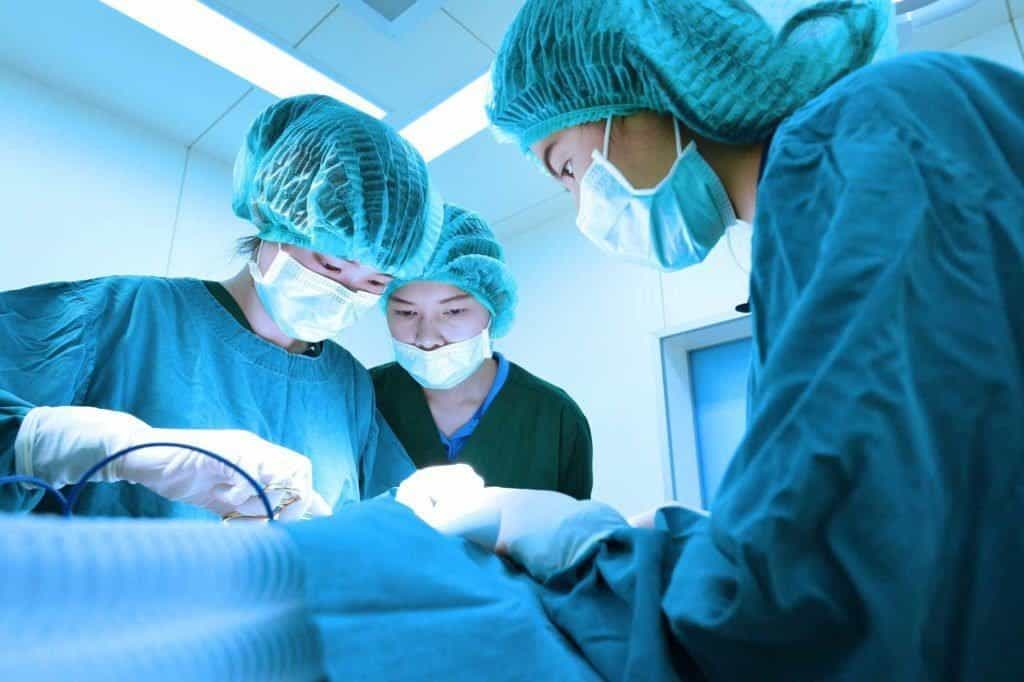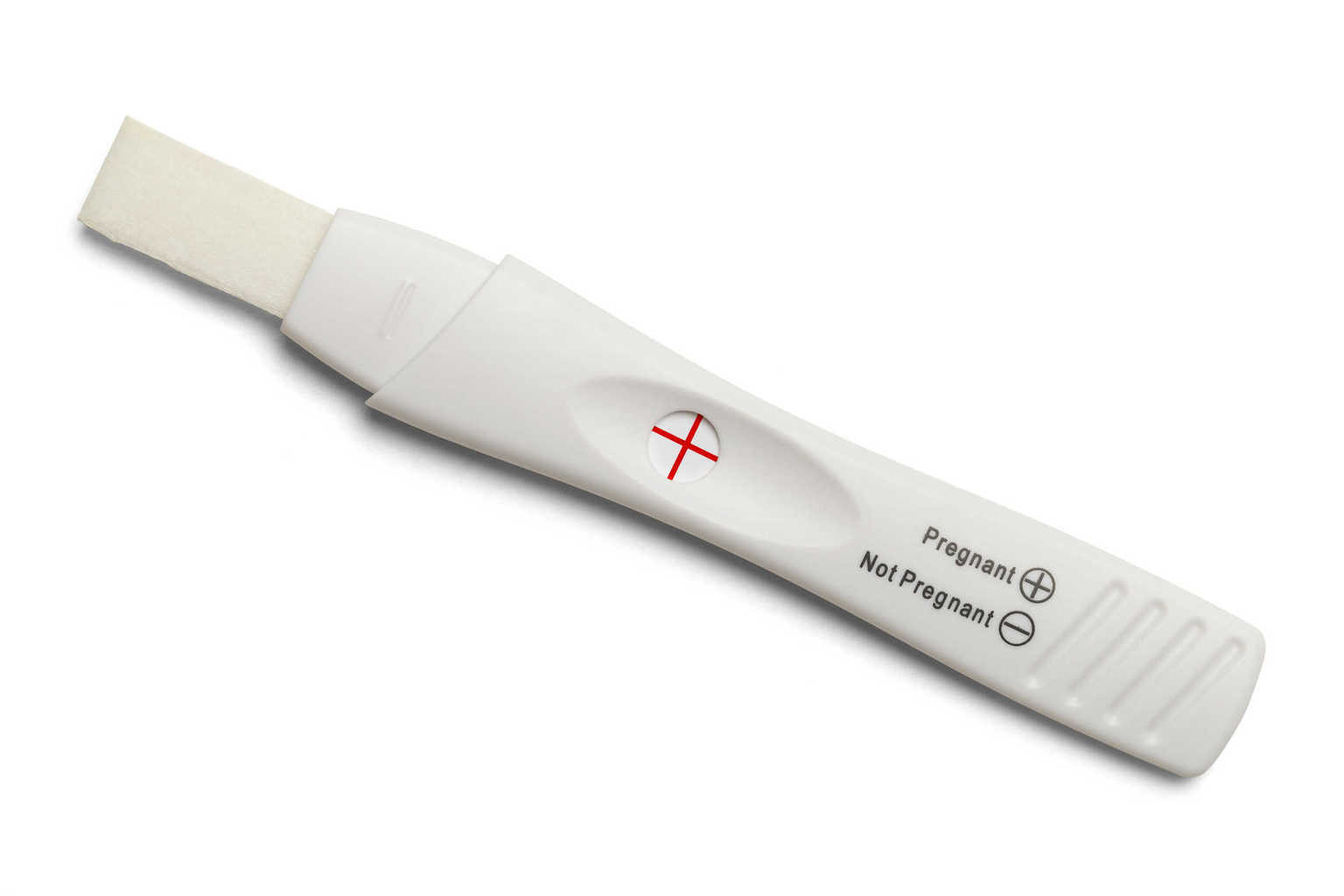Contents:
Medical Video: Diabetes and Pregnancy (Q&A)
The incidence of type 1 diabetes is increasing worldwide by 3.9% annually. Factors of labor have been shown to be associated with an increased risk of type 1 diabetes and may affect the development of the immune system. Caesarean births have increased by 50% since the 1990s and are associated with an increased incidence of type 1 diabetes. A recent meta-analysis of 20 studies worldwide reported that Caesarean section, regardless of maternal age, birth weight, and breastfeeding, contributes to a 20% increase in the risk of type 1 diabetes.
Changes in intestinal microbiota, exposure to bacteria during pregnancy, stress before birth, and cleanliness, have all been proposed as possible explanations regarding this relationship. A recent study shows that the type of bacteria found in the skin of a newborn baby can affect the development of their immune system and their health in the future. Research has shown that normal vaginal delivery will expose the baby to bacteria-like microbes in the mother's vagina. Conversely, cesarean surgery exposes the baby to similar microbes found on the skin.
Children born with cesarean section do not benefit from protecting vaginal bacteria, which can make them more susceptible to viruses, allergies and asthma later on. The findings contribute to the development of a new hypothesis for the risk of type 1 diabetes, which mentions that microbiota exposed to infants early in life, and which may be related to labor, are important factors in developing the child's immune system and in modulation of responses to external agents in later.
However, not all children born through Caesarean are at high risk of developing type 1 diabetes. In a study, PTPN22 (protein tyrosine phosphatase, nonreceptor type 22) polymorphism has been shown to increase the risk of type 1 diabetes if the child is born vaginally.
The most important contribution of this study to science related to the trigger of type 1 diabetes is that it adds to our understanding of the complex interactions between genetic susceptibility, environmental exposure in early life, and innate immune responses contributing to the pathogenesis of type 1 diabetes. proposed potential is new and interesting, further research in children without a family history of diabetes 1 is needed.












